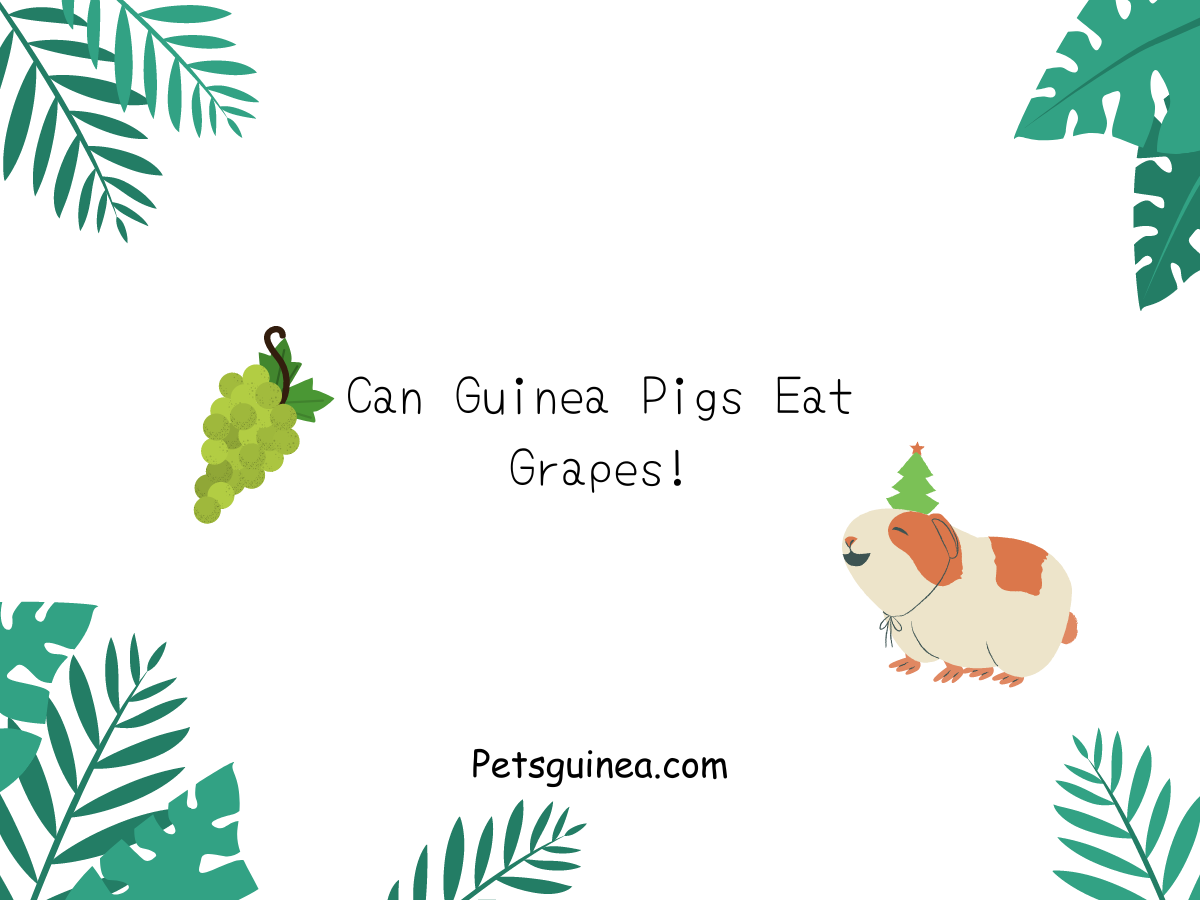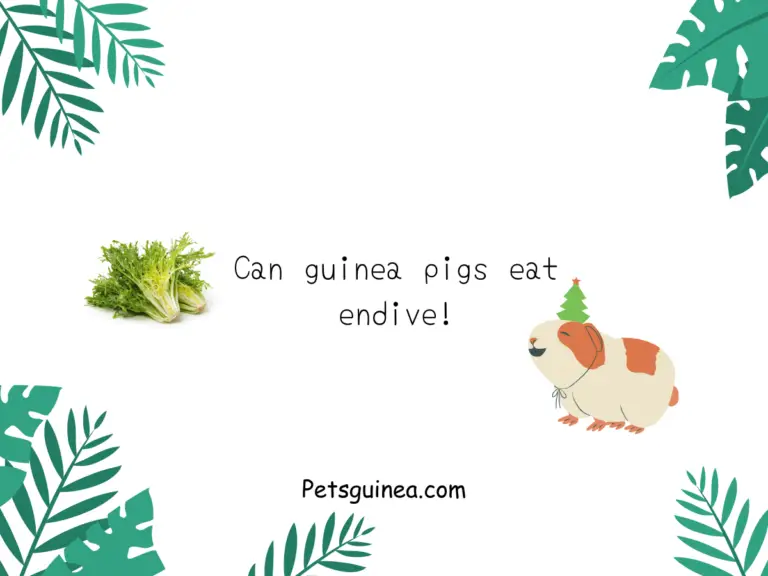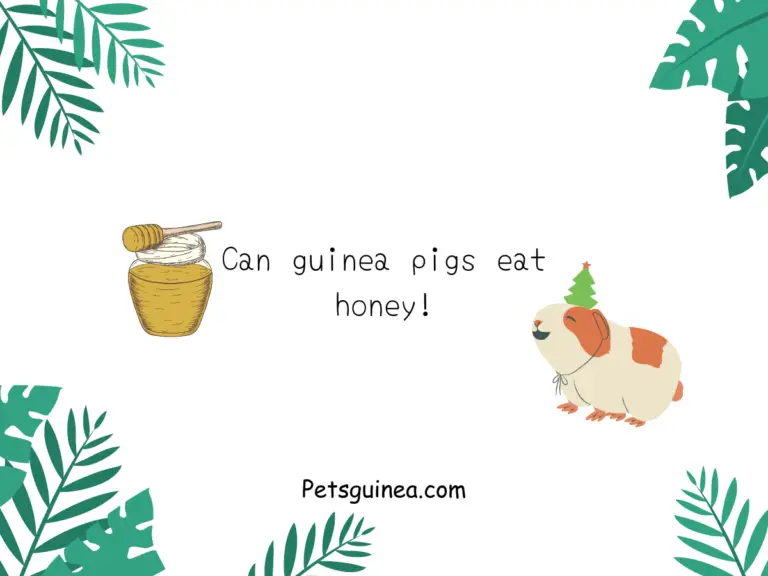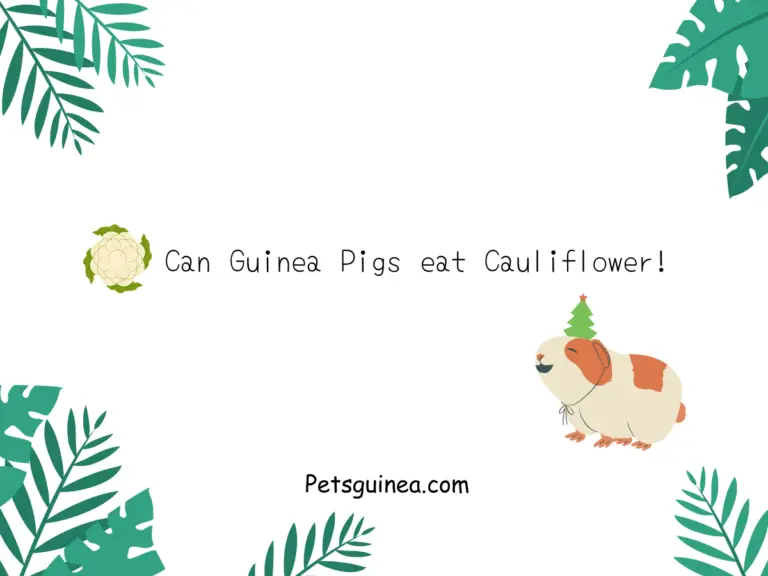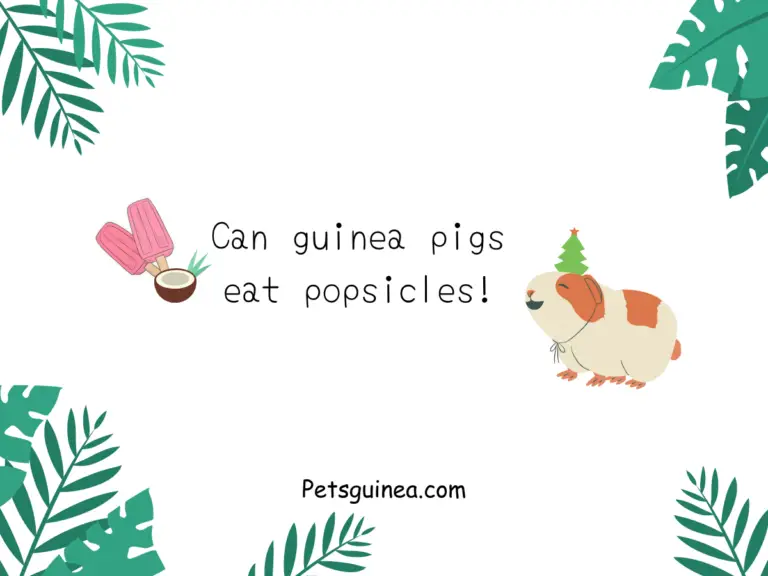Can Guinea Pigs Eat Grapes? A Comprehensive Guide
Our furry little friends, guinea pigs, are endlessly curious creatures with a seemingly bottomless appetite for tasty treats. However, with their sensitive digestive systems, we must be cautious about what we offer them. So, the question arises: can guinea pigs eat grapes? Like many things in life, the answer isn’t a simple yes or no.
This article delves deep into the world of grapes and guinea pigs, exploring the nutritional content, potential benefits, and any lurking dangers. We’ll equip you with the knowledge to make informed decisions about introducing grapes into your cavy’s diet.
Quick Facts About Grapes
A Fruity Bunch:
Grapes are a type of berry in various colors, including red, green, black, and purple. They’re a popular human snack, offering a sweetness and a refreshing water content.
Nutritional Breakdown:
Grapes are a good source of vitamin C, which is essential for guinea pigs as they can’t synthesize it themselves. They also contain some fiber, antioxidants, and natural sugars.
Sugar Power:
It’s important to note that grapes are also relatively high in sugar, primarily fructose.
Do Guinea Pigs Like Grapes?
Yes, guinea pigs typically enjoy the sweet taste of grapes. Their natural curiosity often leads them to explore new foods, and grapes are no exception. However, their enjoyment only sometimes translates to it being the healthiest option.
Are Grapes Good for Guinea Pigs?
In moderation, grapes can offer some benefits for guinea pigs:
Vitamin C Boost:
As mentioned earlier, grapes provide a source of vitamin C, which is crucial for a healthy immune system and helps prevent scurvy in guinea pigs.
Hydration Hero:
Grapes have a high water content, which can benefit guinea pigs, especially during hot weather or if they’re not drinking enough water.
Antioxidant Advantage:
Antioxidants in grapes can help protect cells from damage and may contribute to overall well-being.
Can Grapes Be Bad for Guinea Pigs?
While grapes have some upsides, there are also potential downsides to consider:
Sugar Overload:
The high sugar content in grapes can disrupt a guinea pig’s delicate digestive system. Excessive sugar intake can lead to digestive issues like bloating, gas, and diarrhea.
Weight Woes:
Overindulging in sugary treats like grapes can lead to weight gain in guinea pigs, contributing to various health problems.
Fungal Issues:
The sugars in grapes can create an environment conducive to the growth of yeast and fungus, potentially causing skin or mouth infections.
Can Guinea Pigs Be Allergic to Grapes?
While allergies are uncommon in guinea pigs, it’s still a possibility. Signs of a potential allergy include excessive scratching, hair loss, or difficulty breathing after consuming grapes. If you notice these symptoms, discontinue offering grapes and consult your veterinarian.
How To Safely Feed Your Guinea Pig Grapes
If you decide to share a grape with your guinea pig, here are some essential safety tips:
Wash Thoroughly:
Always wash grapes thoroughly to remove any dirt, pesticides, or other residues that might harm your guinea pig.
Seedless is Best:
opt for seedless grapes whenever possible. Seeds can pose a choking hazard for guinea pigs. Remove the seeds carefully before offering a small piece if using seeded grapes.
Moderation is Key:
Grapes should be a rare treat, not a regular part of your guinea pig’s diet. A single, small grape is more than enough once or twice a week.
Monitor Closely:
After introducing grapes, observe your guinea pig for any signs of digestive discomfort or allergic reactions. Discontinue offering them if you notice any adverse effects.
Can Guinea Pigs Eat Grapes with Seeds?
Technically, guinea pigs can eat grapes with seeds. However, seeds pose a choking hazard, especially for younger or smaller guinea pigs. It’s best to err on caution and opt for seedless grapes whenever possible. If using seeded grapes, meticulously remove the seeds before offering a small piece to your cavy.
How Many Grapes Can a Guinea Pig Eat?
The golden rule is moderation. Stick to a single, small grape no more than once or twice a week. This allows your guinea pig to enjoy the occasional treat without overloading its digestive system.
How Often Can You Give Grapes to a Guinea Pig?
As a sugary treat, grapes should be offered sparingly. Limit them to once or twice a week with a single, small grape each time. A balanced diet rich in hay, high-quality guinea pig pellets, and fresh vegetables is always the foundation for good health.
Building a Balanced Diet for Your Guinea Pig
Grapes, while not inherently wrong, should be viewed as a sweet occasional treat, not a dietary staple. Most of your guinea pig’s diet (around 70-80%) should consist of unlimited high-quality hay. Hay provides essential fiber for a healthy digestive system, aids in tooth wear, and promotes feelings of fullness.
Next comes the crucial element of fresh vegetables. Aim for a daily serving of around one cup of chopped vegetables per guinea pig. A colorful variety is vital, offering a range of vitamins, minerals, and antioxidants. Some excellent choices include romaine lettuce, bell peppers (red, green, or yellow), dandelion greens, and carrots (in moderation due to their higher sugar content).
Finally, high-quality guinea pig pellets can round out their diet, providing essential vitamins and minerals not readily available in hay or fresh vegetables. Opt for pellets explicitly formulated for guinea pigs and limit them to a ¼ cup per day to avoid overconsumption.
The Art of Variety and Balance:
The key to a healthy guinea pig diet lies in variety and balance. Rotate the types of fresh vegetables you offer to expose your cavy to a diverse range of nutrients. Observe their preferences and gently introduce new options to expand their palate. Remember, even healthy vegetables can cause digestive upset if introduced too quickly or in large quantities.
Beyond the Plate: Hydration is Key!
Fresh, clean water should always be readily available for your guinea pig. Opt for a water bottle with a sipper tube that they can access easily. Monitor the water level daily and refill as needed. Some guinea pigs may enjoy occasional sips of plain, room-temperature water from a shallow dish.
The Final Word: A Symbiotic Relationship
Understanding your guinea pig’s dietary needs fosters a deeper connection with your furry friend. By providing a balanced diet rich in hay, fresh vegetables, and a sprinkle of healthy treats like occasional grapes, you’re contributing significantly to their overall well-being.
Remember, a healthy guinea pig is a happy guinea pig, which brings a wealth of joy and companionship into your life. So, explore the world of guinea pig nutrition with an open mind and a love for your cavy companion. You can create a dietary symphony that keeps them thriving for years.
Extraordinary Conclusion: A Celebration of the Guinea Pig Spirit
Guinea pigs have captured hearts for centuries with their curious eyes, gentle personalities, and insatiable curiosity. Their capacity for joy, expressed through excited weeks and popcorn jumps, is a beautiful reminder to appreciate the simple pleasures in life.
By nurturing them with a diet that nourishes their bodies and sparks their playful spirit, we become caretakers and co-creators of a happy and healthy life for these extraordinary little creatures. So, the next time you offer your guinea pig a treat, remember, it’s not just a grape; it’s a symbol of the special bond you share, a testament to the profound joy of caring for another living being.
Frequently Asked Questions
Fruits can be offered as occasional treats, but they should be given sparingly due to their high sugar content. Grapes, in moderation, can provide a vitamin C boost. However, apples, bananas, and oranges are best offered in tiny quantities as a special treat.
Loss of appetite, lethargy, bloating, gas, and diarrhea are all potential indicators of digestive distress in guinea pigs. If you notice these signs after introducing a new food, discontinue offering it and consult your veterinarian.
Certain vegetables can be harmful to guinea pigs. Avoid iceberg lettuce (low in nutrients), potatoes (too starchy), onions and garlic (toxic), and avocado (poisonous).
Signs of vitamin C deficiency in guinea pigs include weight loss, lethargy, rough fur, and difficulty walking. If you suspect a deficiency, consult your veterinarian. Regularly providing vitamin C-rich vegetables like bell peppers and offering occasional grapes can help maintain their vitamin C levels.

